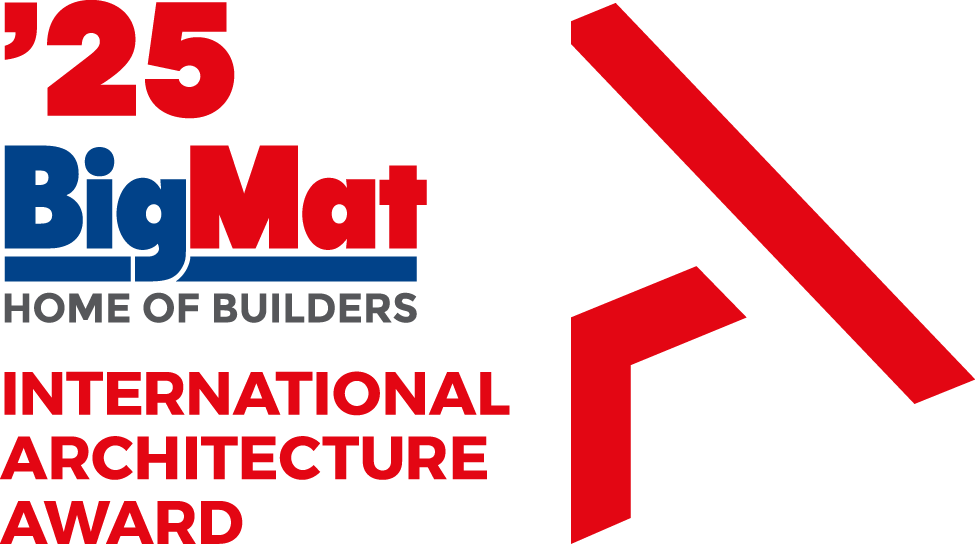The exhibition AALTO – Aino Alvar Elissa: The Human Dimension of Design, curated by Space Caviar and to be hosted at the MAXXI National Museum of 21st-Century Arts as of December 14, 2023, testifies to the studio’s unwavering commitment to placing the human experience at the center of its vision.
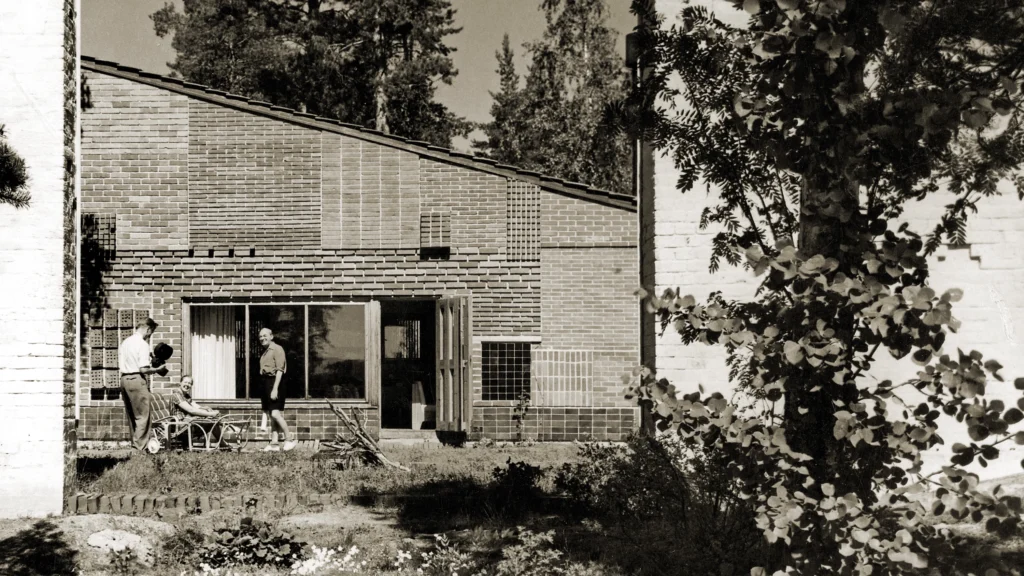
“True architecture only exists when it is centered around human beings.” For Alvar Aalto, Aino Marsio, and Elissa Mäkiniemi, this statement was the starting point for the creation of a revolutionary concept of architecture destined to leave an indelible mark on Europe and the world.
Practical info
“AALTO – Aino Alvar Elissa: The Human Dimension of Design”
December 14 – May 26, 2024
MAXXI – National Museum of 21st Century Art
Via Guido Reni, 4a, Roma
Italy
A common thread links different projects and fields of research: from workers’ clubs to town halls, from single-family homes to housing estates, from objects and furniture designed for everyday life to works with glass, textiles, lighting, and children’s furniture. All of the above testifies to an idea of architecture and design that is conceived for people, welcoming and functional, in balance with the environment and characterized by unmistakable fluid, undulating lines (in Finnish, aalto means precisely wave).
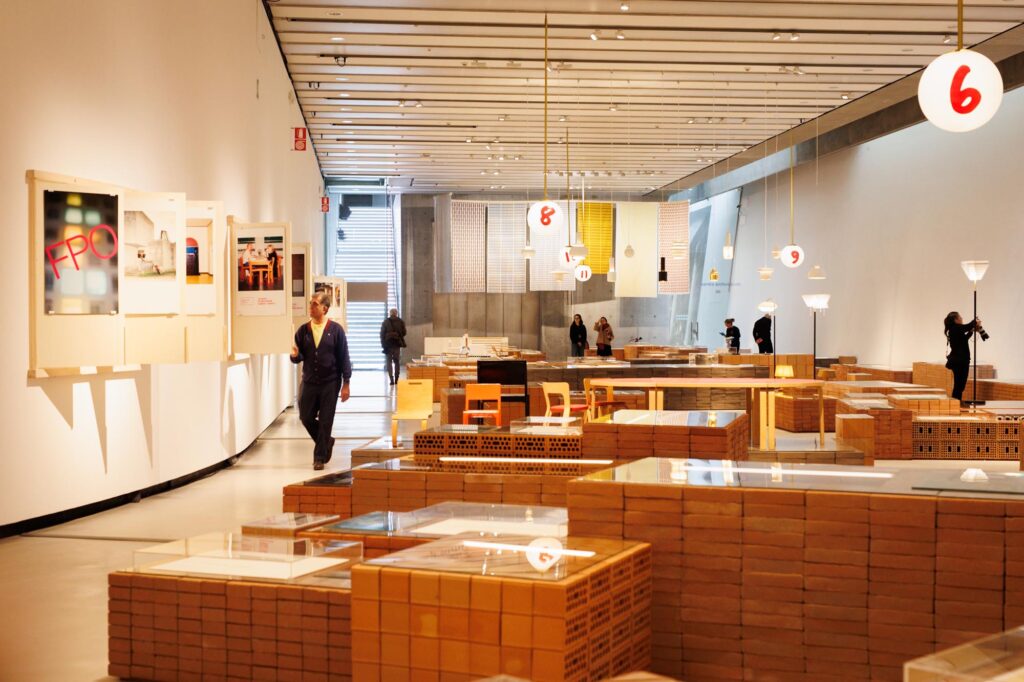

Founded in Finland in 1923, Studio Aalto was established at a time of rapid and turbulent change when the country was building its new identity as a free nation. Architect Aino Marsio, Alvar’s first wife, was fundamental in shaping the design philosophy of the studio in the early years. Their partnership would give rise to some of the studio’s most famous projects, such as the Sanatorium of Paimio. In 1952, three years after Aino’s untimely death, Alvar married Elissa Mäkiniemi, also an architect, initiating a new, fervent creative collaboration that would lead to an international opening unprecedented in the history of Finnish architecture.
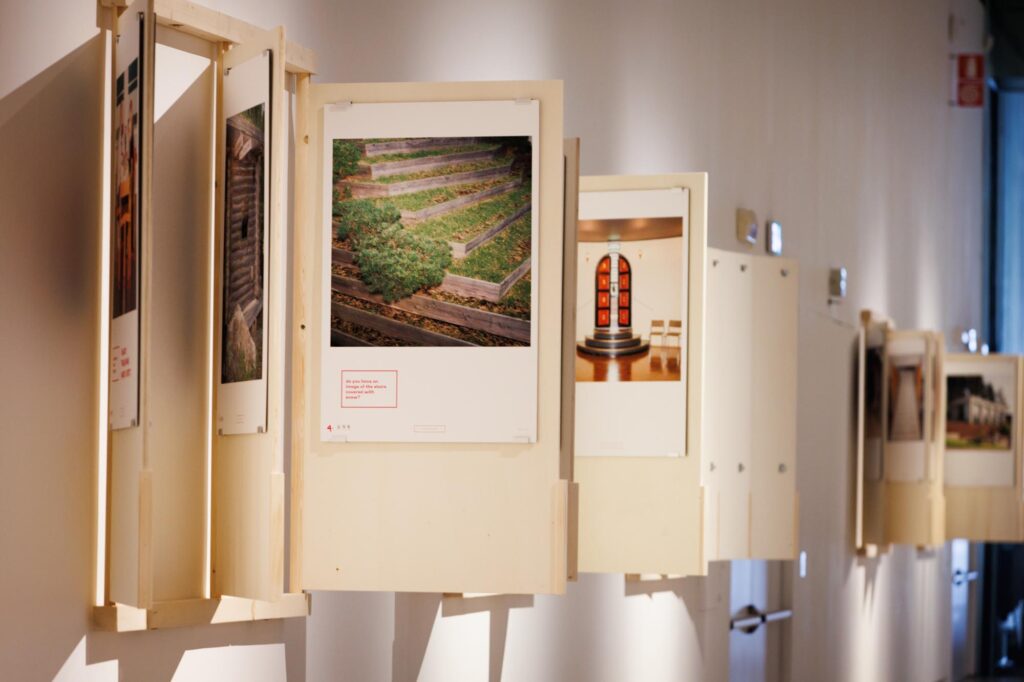
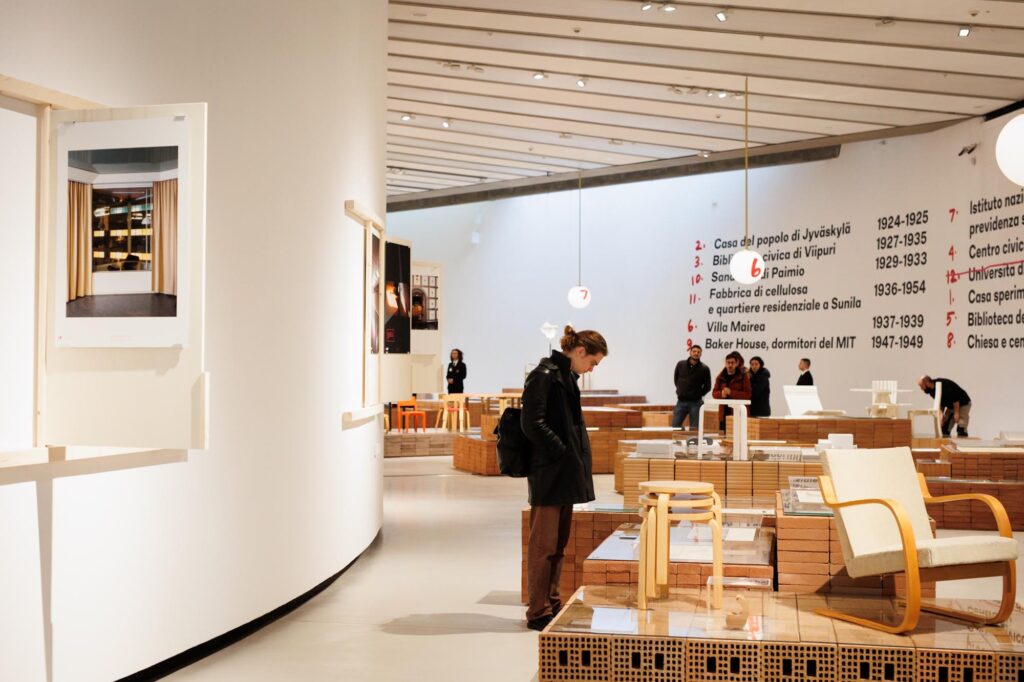
The exhibition at MAXXI encompasses five decades of Studio Aalto’s work, as recounted through a selection of eleven of its most significant projects, realized from the 1920s to the early 1980s: the Muuratsalo Experimental House in Finland (1952-1954), a summer residence whose façades are the result of the composition of different types of bricks and ceramics, which inspired the set-up project conceived by the Space Caviar studio itself; the Jyväskylä Workers’ Club, Finland (1924-1925), the first major public building designed by the studio; the Civic Library of Vyborg, which at the time of its construction (1927-1935) was still part of Finland rather than Russia; the Town Hall of Säynätsalo, Finland (1949-1952), a building with a unique character, opening up to the citizens with its human-scale environments; the Mount Angel Abbey Library in St. Benedict, Oregon, USA (1949-1925), which is perched on a mountain slope and was redesigned to save two majestic fir trees; Villa Mairea in Noormarkku, Finland (1937-1939), one of the symbolic buildings of 20th-century architecture, also represented in the exhibition by a 1:1 scale reconstruction of the iconic kidney pool; The National Pensions Institute in Helsinki (1948-1957), a complex comprised of several volumes connected to each other both above and below ground; the Church and parish center in Riola di Vergato, Italy (1966-1980), a posthumously-built project with a complex history that testifies to Aalto’s special, often-reiterated bond with Italy; the MIT dormitories in Cambridge, Massachusetts, USA (1947-1949), capable of accommodating 353 students in 43 rooms of different shapes; the Sanatorium in Paimio, Finland (1929-1933), a building that would gain the firm international fame, conceived as a medical instrument capable of contributing to the healing of patients; the industrial and residential area in Sunila, a district of the port city of Kotka, Finland, for which Aalto designed the master plan, a paper mill and housing for all the factory workers at different times, from 1936 to 1954.


Five in-depth studies are then dedicated to as many areas of the studio’s research and activity: the work with glass, textiles, lighting, children’s furniture, and the pioneering company Artek, created by the Aaltos to skillfully tap into the vast potential of mass production in the furniture sector. Displayed in the reading room at the start of the exhibition are a selection of furniture pieces that have become true icons of modern design, such as the Paimio chair and Stool 60.


The exhibition is completed by the FPO (For Position Only) project by Ramak Fazel, who was invited by MAXXI to explore with his camera the architecture of Aino, Alvar, and Elissa Aalto and its impact on the current life of the communities, traveling between Italy, Finland, and the United States.
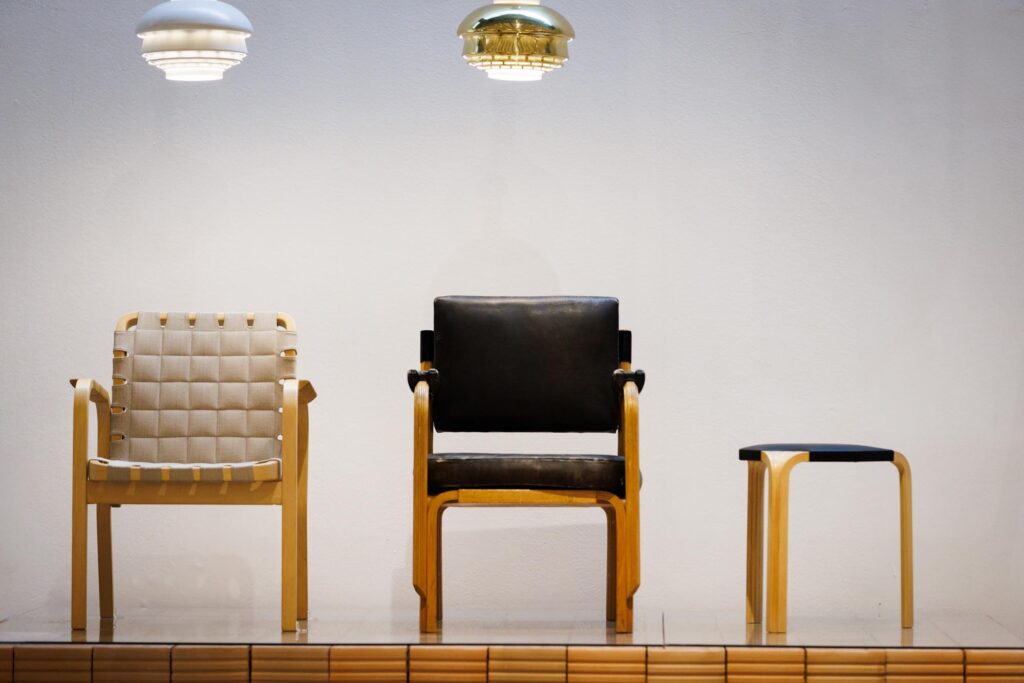
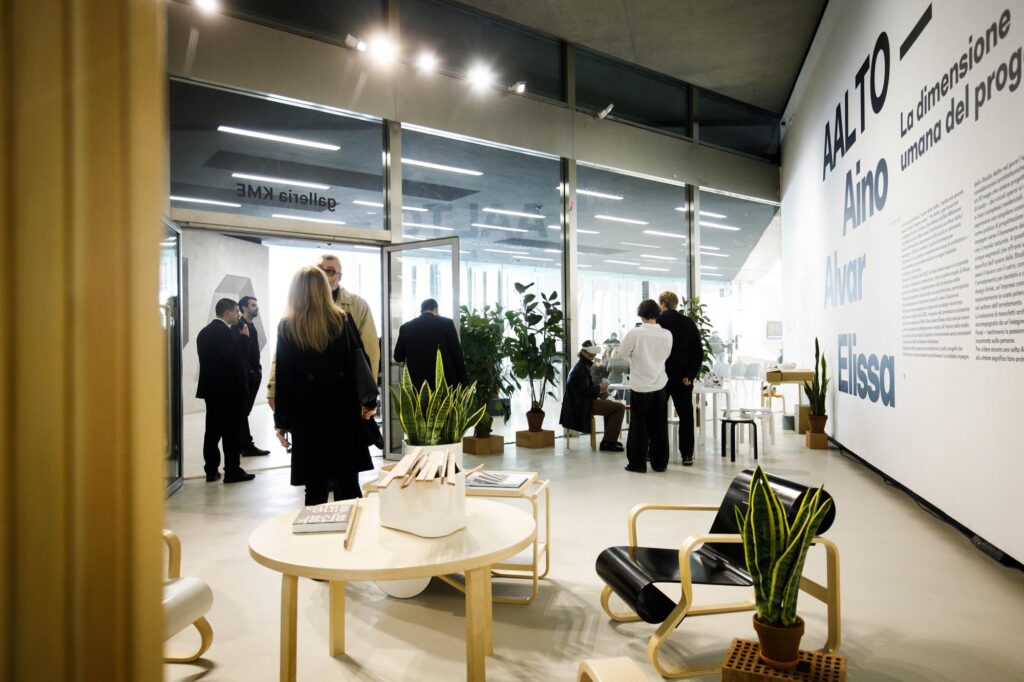
Finally, there is the video game Hide and Seek in Architecture, created by the Space Caviar studio on the occasion of the exhibition in collaboration with Meta – an immersive experience in the VR environment of Meta Quest that invites players to hide in the ingenious Experimental House in Muuratsalo.
Accompanying the exhibition is also an accessible route, with tactile models and relief drawings, created through co-design with deaf and visually impaired people and part of the MAXXIperTUTTI accessibility project (financed by the European Union – Next Generation EU, as part of the Ministry of Culture’s call for proposals “Removing physical and cognitive barriers in museums, libraries, and archives”). From February, there will also be guided tours and workshops for children in LIS (Italian Sign Language) and tactile tours and workshops for adults and families with children with and without visual disabilities (info on maxxi.art).
